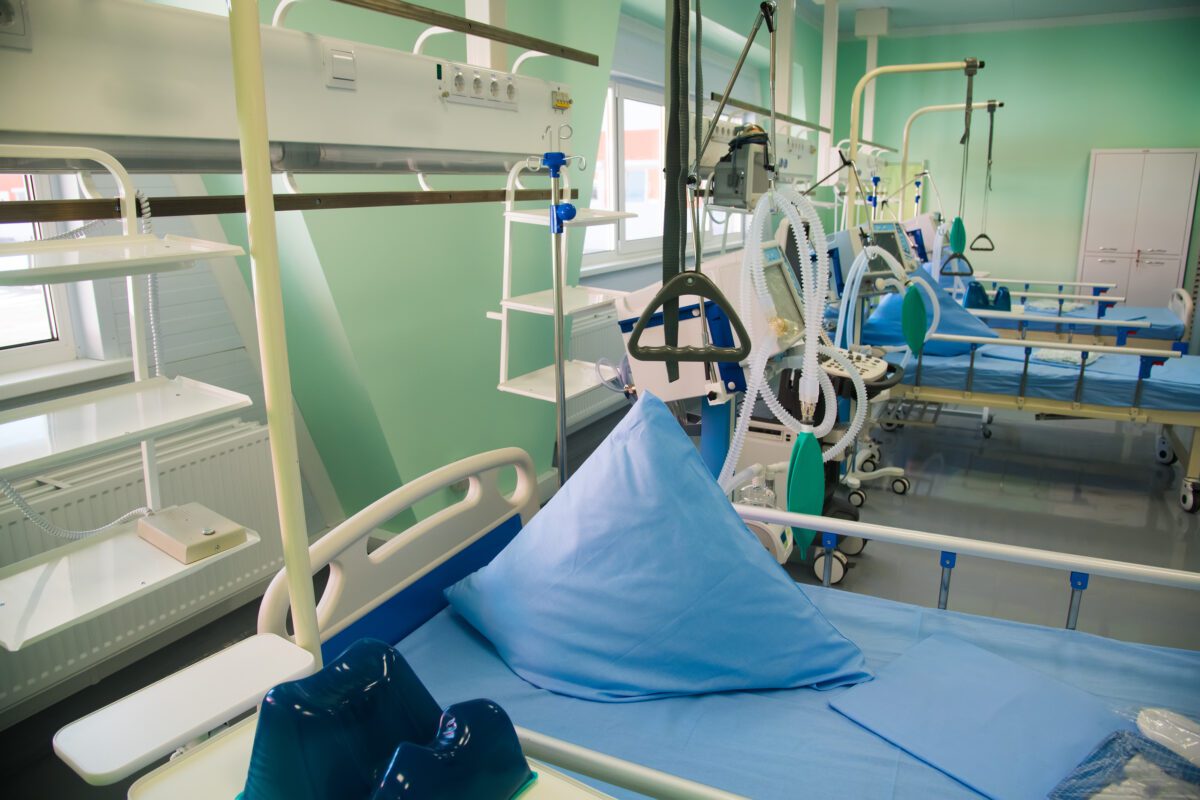Infectious Disease Preparedness Plan: Are you a medical practitioner, and do you want to be in a position to handle infectious diseases efficiently? It would help if you could formulate a preparedness plan. Do you already have a plan, but it’s still not working? There are elements you need to have in the plan to ensure its effectiveness. This article will highlight the crucial aspects that your plan should have; read on for this insight.
Your infectious disease preparedness plan should have the following elements:
1. Response Team
To manage an infectious disease outbreak, you need to have a medical team in place.
You should select a medical team that’ll be in charge of handling any infected patient. For efficiency, they need adequate training about infectious diseases. They can undergo bloodborne pathogens training, among other infections, depending on the most common cases that are handled in the hospital. The training should extend to how they should act in an emergency.
However, their preparedness shouldn’t end at training; you need to hold practice drills every once in a while, and it should be random. Practice drills will help you measure the team’s preparedness and adjust the plan to areas that need more efficiency.
2. Command Structure
In a health crisis, you need to have established a hierarchy of command beforehand.
The main thing you need to do is outline the responsibilities of those who’ll be in charge, starting from the overall boss, who could be in the ministry of health docket to medical CEOs. The aim of outlining roles is to avoid conflict on who does what during an outbreak.
Consider formulating a communication channel, outlining who gets notified of what first, and which mode of delivery should be used. With this in place, the right person will get the right information at the right time, enabling them to take the appropriate action to counter a situation.
In general, having a command structure and establishing a communication channel enables you to handle any infection in an organized manner.
3. Physical Resources
For your response team to be in a position to assist any patient, they need to have the necessary tools.
You first need to identify the medical equipment that is necessary to control and treat infections. Once you’ve identified the tools, you can now procure them and have them on the hospital premises ready for use. As you purchase the equipment, ensure it’s the latest technology and that you acquire a considerable number of them. You don’t want to have only one tool in place amidst an outbreak.
Different hospitals have varying capacities depending on their size. Therefore, you need to identify the hospitals that can handle infected patients when a large-scale outbreak occurs. Be sure to select those with larger capacities and ensure the hospitals are well-equipped beforehand. Aside from medical equipment, make sure there are enough emergency vehicles or ambulances that can transport patients whenever needed.
By planning and equipping physical resources, you’ll be ready to combat any infection without delays, helping you manage the infection better.
4. Public Awareness Plan
In the event of an outbreak, you need to inform the general public regarding the same. Awareness contributes to the effective management of any infection.
Therefore, you need to have all the data in place regarding most infectious diseases, especially those that are likely to occur. The data should address what the infection is, its causes, its symptoms, and prevention measures. It should also include information on what to do if anyone suspects they might be infected. A templated media kit must also be prepared so press releases can be done more efficiently when an outbreak occurs.
You should have a 24/7 hotline number in place, including the list of hospitals dealing with the new infection. With this information, the public will seek medical attention as soon as possible to avoid casualties. With clear communication and information, residents and communities can help stop the spread of the disease as well.
5. Flexibility
When it comes to infectious diseases, there may be differences between what’s on the ground and what you had planned. Misinformation and health scares could blow out of proportion and cause panic. This means that you need to adjust your plan to suit the real situation. You might need to scale down the response team you have and select two or three hospitals to take charge of infected patients when there are fewer risks.
Your plan needs to be flexible enough to accommodate minor changes without altering the whole plan. Altering an infectious disease preparedness plan to suit the current situation ensures you efficiently utilize resources without wastage.
6. Treatment Protocols
It would be best for your preparedness plan to include a treatment protocol. The treatment protocol will outline how the response team will handle an infection from when they receive a patient until discharge. This includes the medication to give, at what time, and signs to look out for that’ll show improvement or otherwise.
With treatment procedures in place, your response team will handle the patients from the point of know-how to ensure quick recovery of the patient. The protocol should also include contact tracing. To contain the disease, you need to trace a patient’s close contacts and test them for the infection. Contact tracing will help reduce the spread of the disease.
7. Recovery Plan
Often, depending on the extent of the infection, you might have put containment measures in place to help manage the situation. These measures won’t be in place forever, especially if the risk of the infection is reduced.
Therefore, your plan needs to have a recovery procedure, preferably implemented in phases. As time goes by, drop one containment measure after another until you return to normalcy.
Also, an infectious disease could take a toll on the patient and their families—mentally, physically, emotionally, and financially. Hence, your disaster preparedness plan must also include tapping organizations and institutions that can offer support in these aspects. These services will help them cope and deal with the after-effects of the infection.
You can include psychological centers where they can visit for assistance, which should be free. Offering psychological assistance will help those who need it get back on their feet as soon as possible and continue with their lives.
Conclusion
Failing to plan is planning to fail; this is why it is important to have an infectious disease preparedness plan in place. With a preparedness plan, you won’t be caught unaware and you’ll deal with the situation with a clear head. Therefore, consider including the elements discussed in this article in your disease preparedness plan for your plan to be effective. With this guide, you won’t miss out on any crucial elements.




